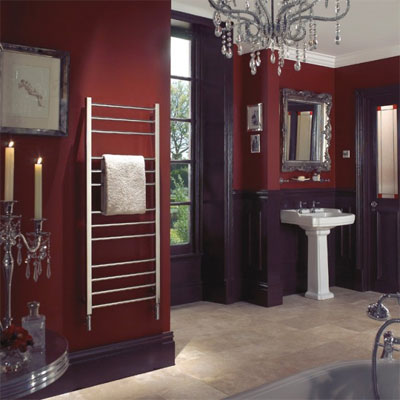Primarily, of course, people have radiators installed or maintained in their home to ensure that, when it needs to be, it’s efficiently heated.
However, it’s also important that your central heating system’s cost effective. Heating a home, especially in winter, isn’t necessarily the cheapest thing to do, so you’ll likely want to employ whatever techniques you can to keep costs down – within reason, that is.
One thing many people do is to switch off the radiators in rooms they either don’t use or use very little; others, though, are adamant this is a waste of money because you end up turning up all the other radiators in the house to compensate for the low temperature created by the colder room(s).
Thus, they maintain, it’s a ‘false economy’. So who’s right? Should you turn off radiators in rarely used rooms – or not?
Shut that door!
The truth is that, yes, you’ll certainly save money on your energy bill should you turn off the radiators in one or more rooms you don’t use very often – so long as you keep the doors to those rooms closed.
That way you’re effectively cutting these rooms off from the rest of the home and so heating fewer rooms via the radiators you’re leaving on.
With the doors to the unheated rooms shut, the radiators in other parts of your home – whether they be designer radiators or electric radiators – won’t need to be turned up to compensate for these colder rooms lowering the temperature of the overall home.
Make sure you also check out this site.
Now, granted, some of the radiator-generated warmth will seep into the unheated rooms, but logic dictates it’ll nonetheless always result in using less energy and so lowering your bill than by having every radiator on.
But what about damp?
This is where it gets a little complicated. Unfortunately, older houses tend to suffer from damp; the warmth escaping into unheated rooms (however small that is via gaps under doors, through floorboards or other ventilation) meets the cold air on (often north-facing) exterior walls and generates condensation, the result of which can be damp and even black mould. So how do you avoid this?
The simple answer is to turn the radiator in the room on low for a little while every now and then to keep it adequately aired and the temperature fairly constant.
Moreover, it’s advisable that, when you turn the radiator off again, not to do so entirely. Instead, turn it down to the ‘frost protection’ setting (signified on the radiator valve by a snowflake symbol); this will ensure the temperature never drops entirely down to freezing and so the pipes leading to the radiator won’t freeze up, thus avoiding further problems that might otherwise bring.
Other techniques
In addition to the mentioned radiator techniques, you might also try to draught-proof door gaps and floorboard gaps (if you can locate them) affecting the unheated room.
A good idea too to avoid damp and mould, if you’re wanting to switch the radiator off, is to increase ventilation in this room, possibly by fitting its window(s) with trickle vents or opening them regularly.
You could also place a dehumidifier in the room, of course, or attempt to dry-line a wall with further insulation. In the end, though, remember that every moment you’re not heating a room you don’t use, you’re making a saving on your energy bill.
